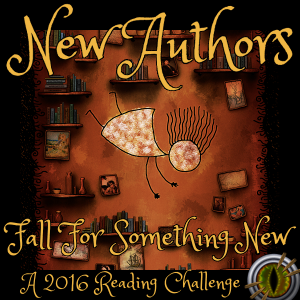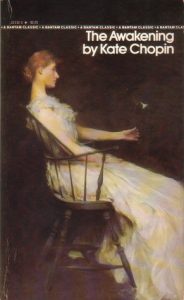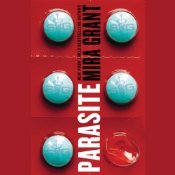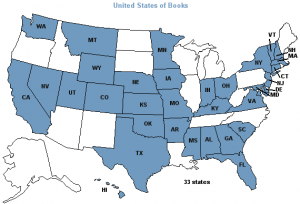
Audio, 9+ hours
I am an Amazon Affiliate
*** Spoilers included ***
The Hundred-Foot Journey by Richard C. Morais, narrated by Neil Shah, is a coming-of-age story that traverses India, London, and France as Hassan Haji comes into his own as a chef. Told from Hassan’s point of view, the novel almost takes on the feel of a memoir. He speaks of his past in India and the culture and food that shaped him, but he also speaks about the death of his mother with a sense of detachment, even though the character claims it is a defining moment.
As the family moves abroad, Hassan is exposed to different foods and cultures, but he’s also shackled to the life of his father’s making. As a rivalry blooms between his father and another restaurateur in Lumière, Madame Mallory, Hassan begins to see glimmers of a world he could master and enjoy. The 100-foot distance between his father’s restaurant and that of Mallory is short, but seems to be worlds away, especially as she makes it her mission to destroy their business.
While food is central to this story and Hassan does grow into a stupendous chef, according to those around him, readers may find he develops little, especially in terms of his relationships with women. Hassan has been unable to commit to anyone, and while it is hinted at the end that this might change, it is almost like an afterthought by the author. There are other deaths in the novel, as well, and given the closeness of Hassan to his father and Mallory, it is hard to believe that the author would gloss over these and their impacts on Hassan, but he does.
Shah is a good narrator, though some of the accents seemed over the top at times and the language a bit forced. The Hundred-Foot Journey by Richard C. Morais, narrated by Neil Shah, is an interesting take on a man outside his culture learning to cook with greater skill but learning little else about himself. Although he becomes a famous chef, it seems that his relationships are only on the surface, and his character stagnates, especially as the trials of his early days in the Paris kitchens are glossed over.
RATING: Tercet
About the Author:
Richard C. Morais is a Canadian American novelist and journalist. He is the author of three books, including The Hundred-Foot Journey, which is an international bestseller and has been adapted as a film by Dreamworks.





 About the Author:
About the Author:

 About the Author:
About the Author:


 About the Author:
About the Author:


 About the Author:
About the Author:

 About the Author:
About the Author: About the Illustrator:
About the Illustrator:




 About the Author:
About the Author:



